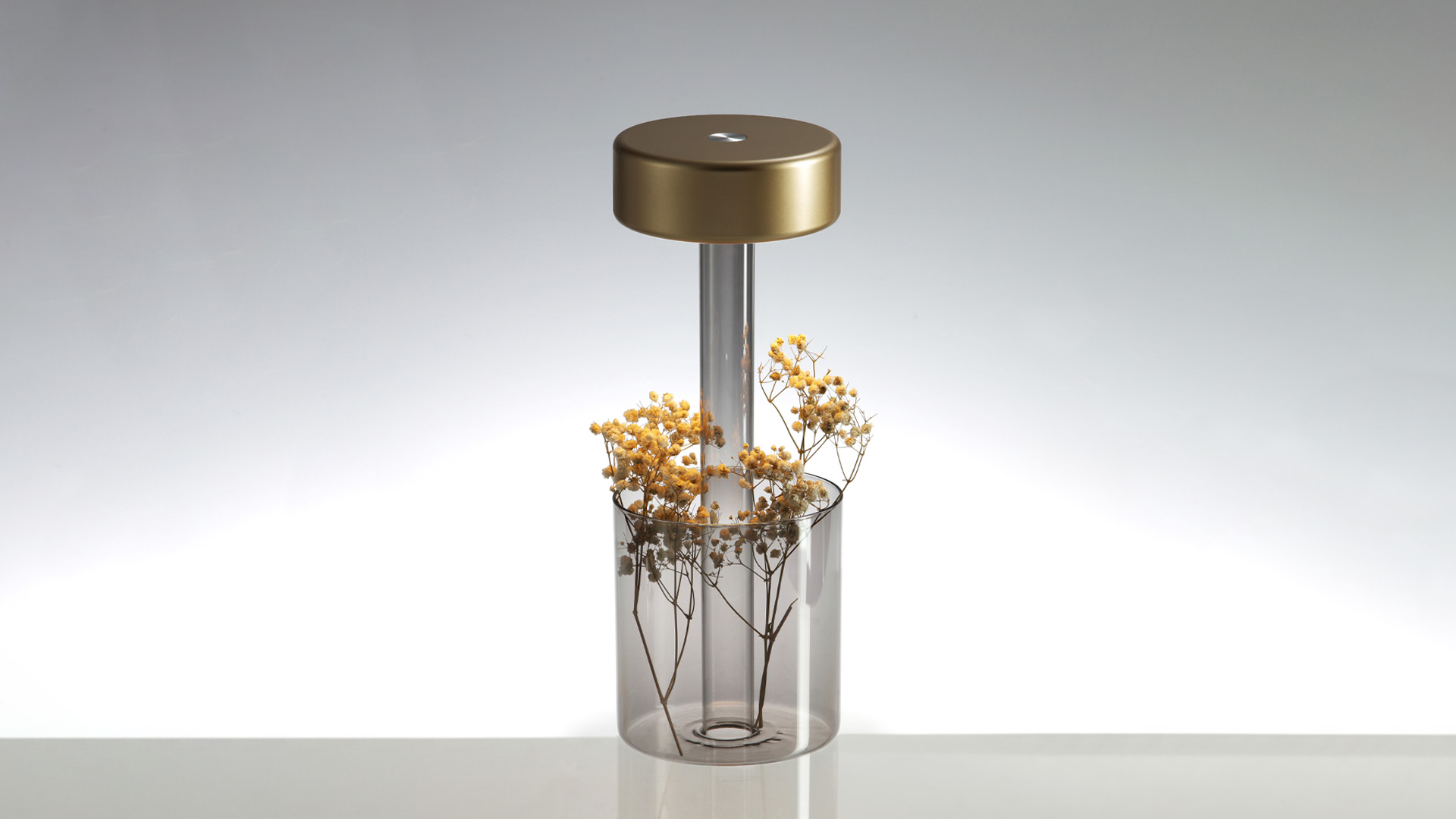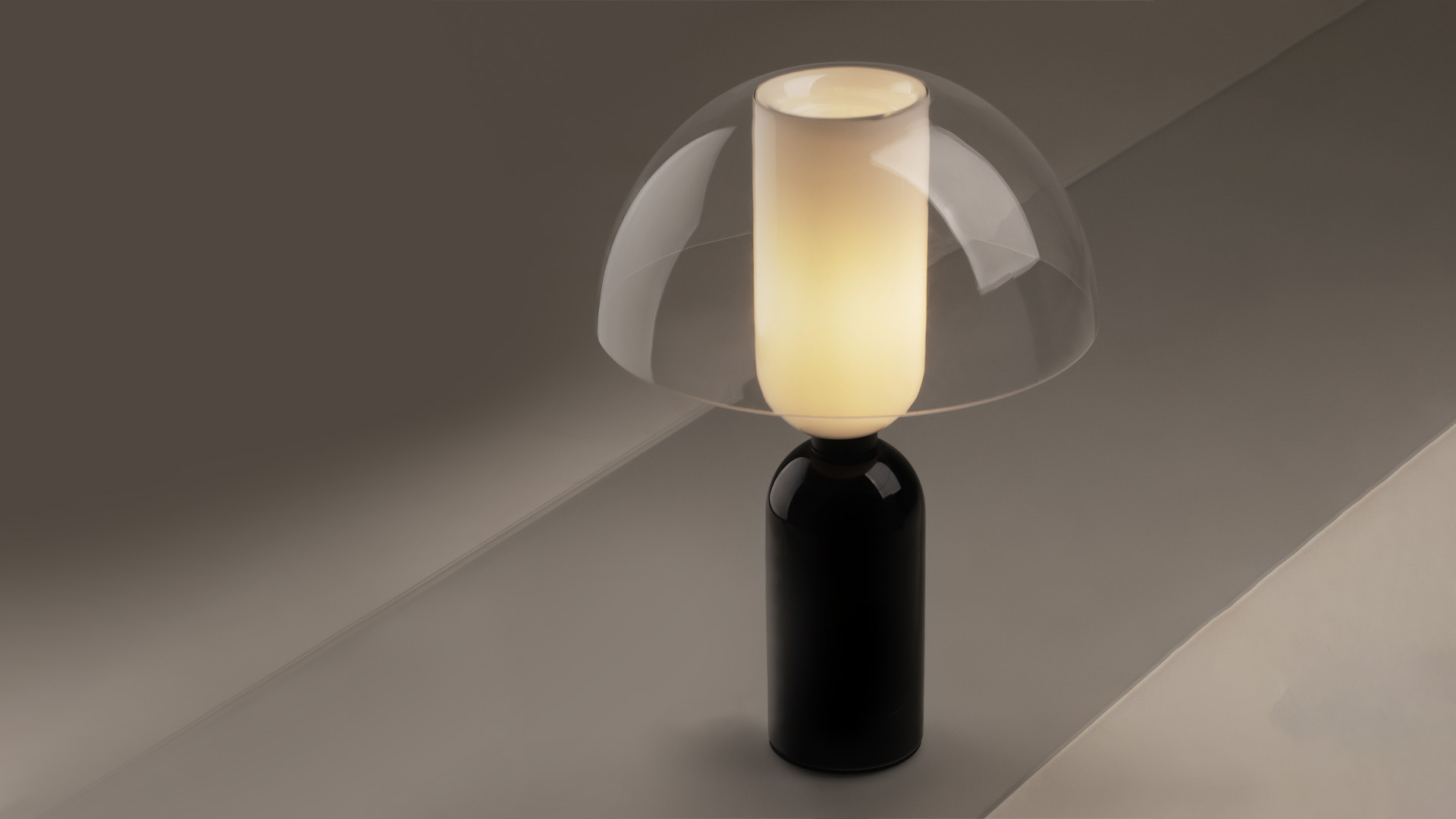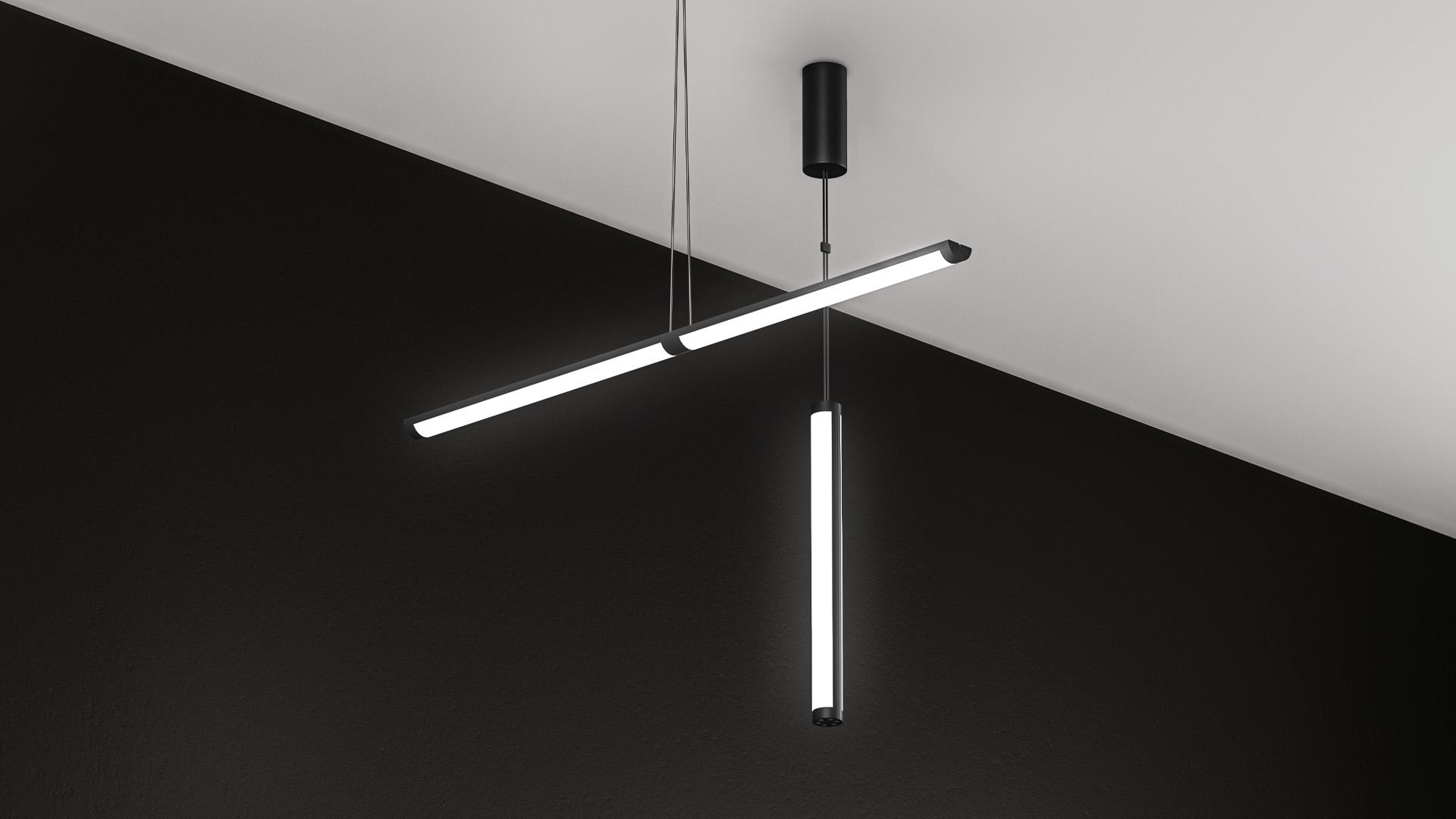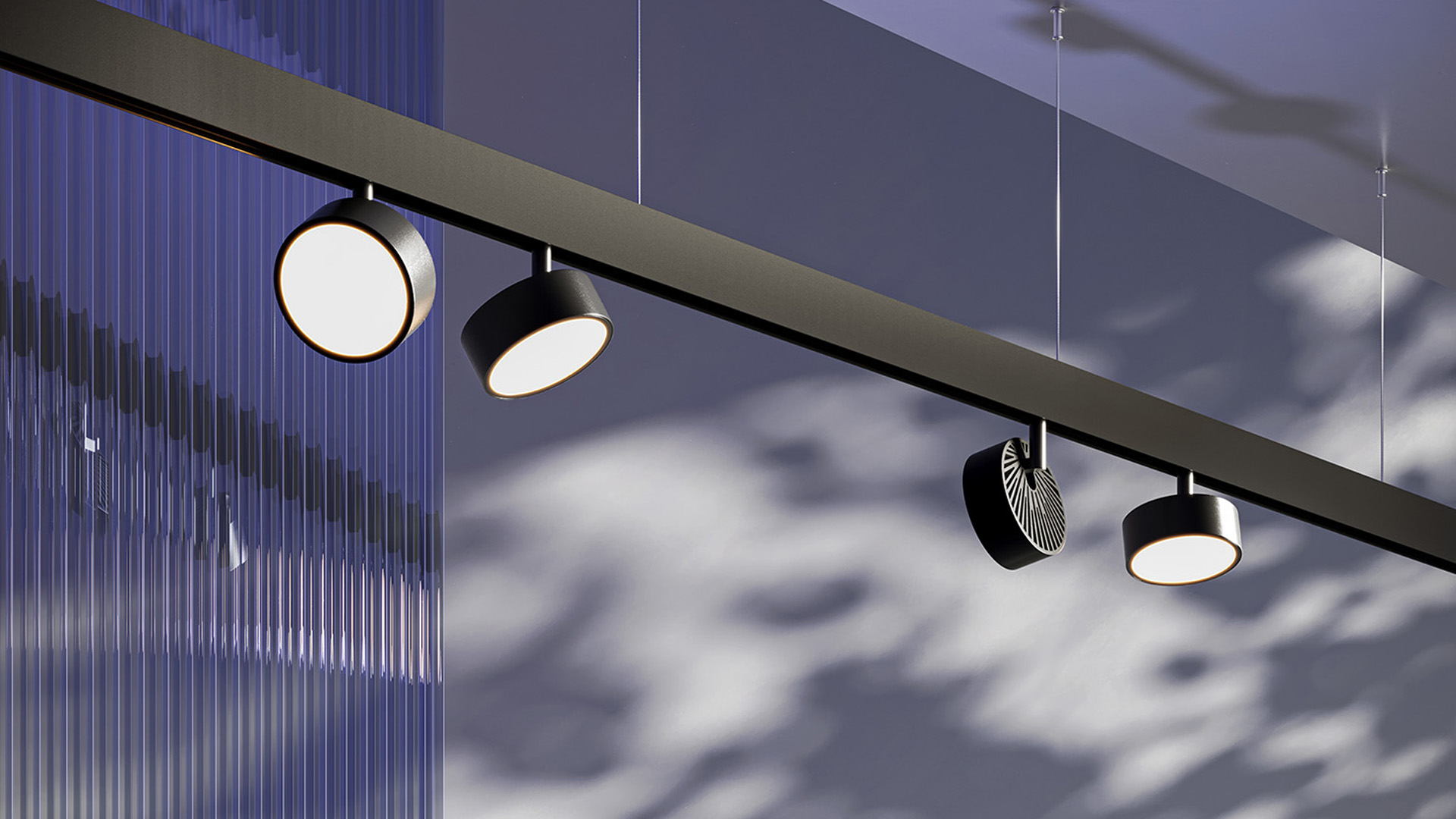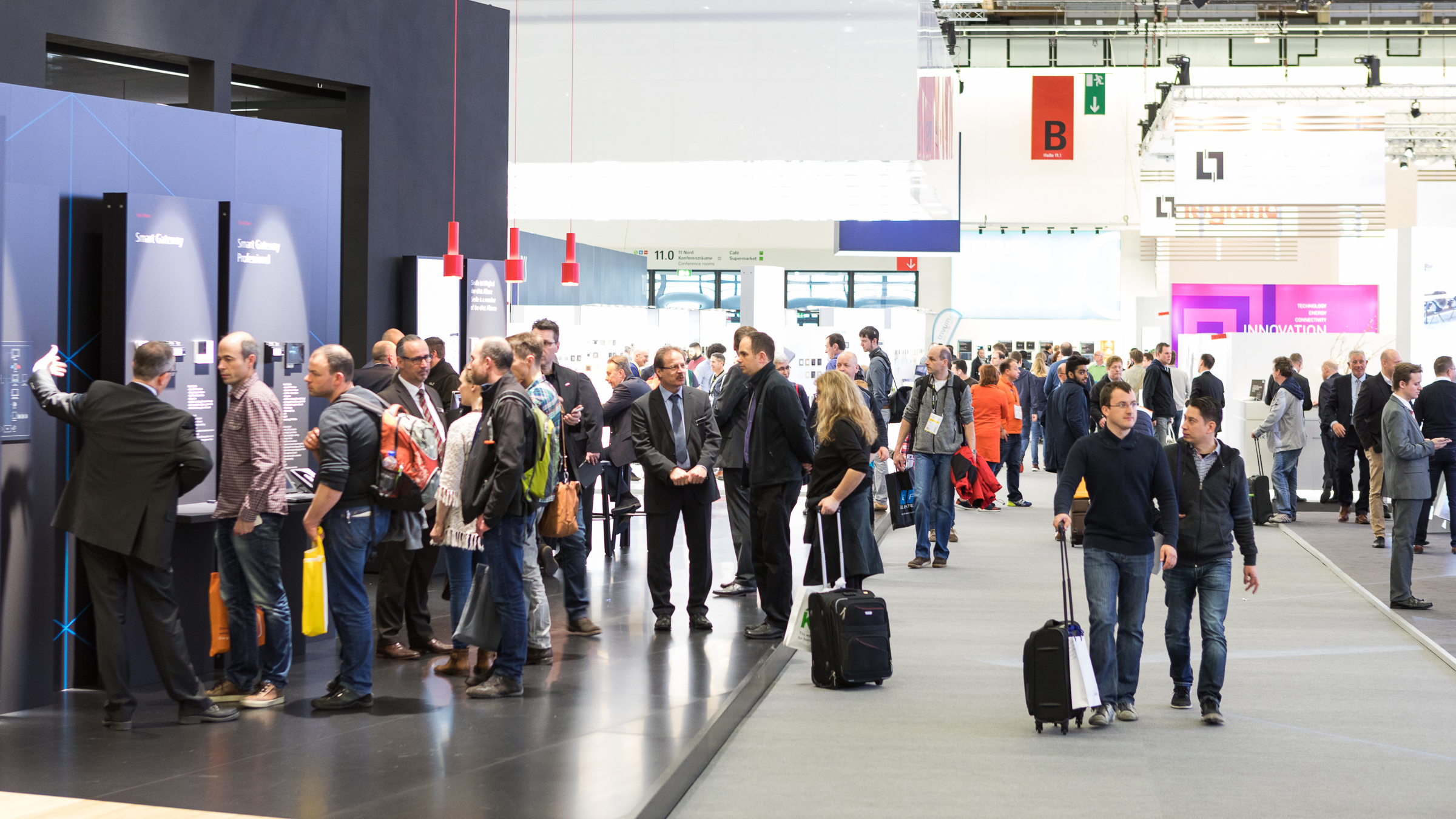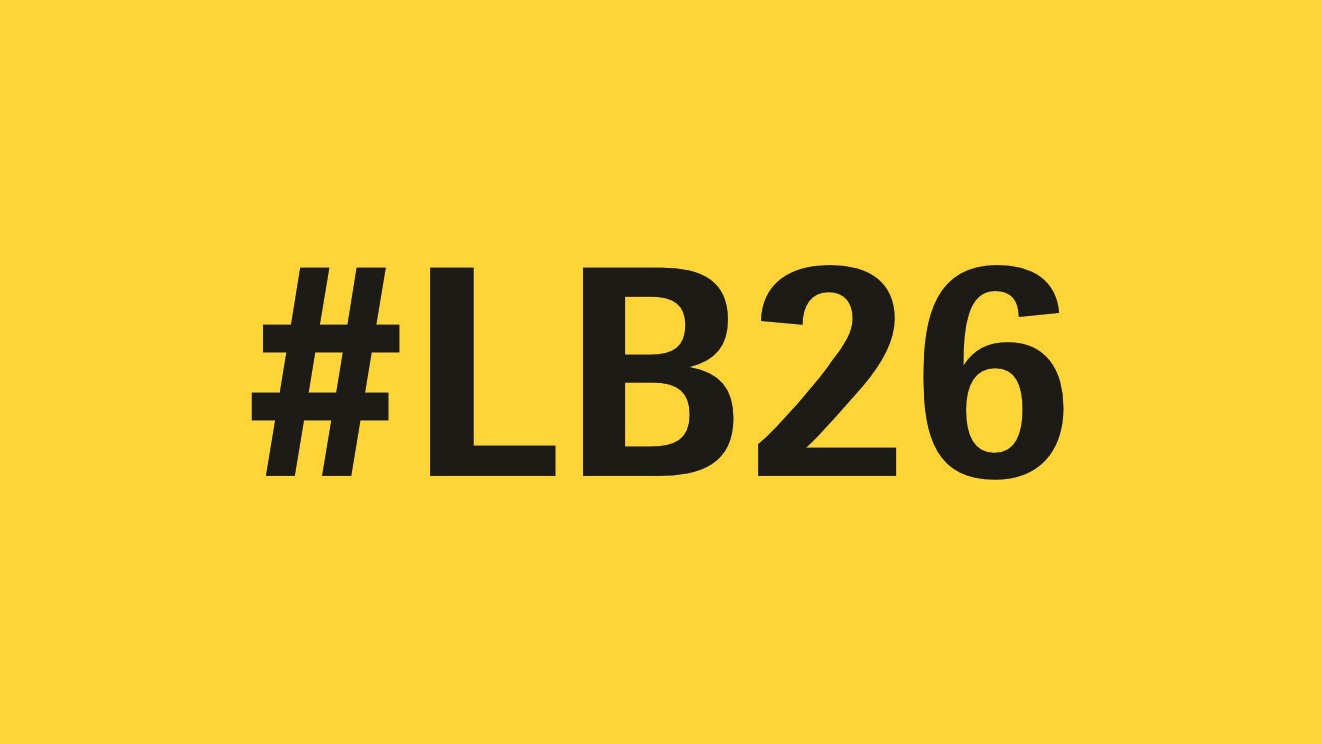You can find the Interactive Hall Plan 2024 here.
Ai
Description
Ai Collaboration Collection
This is one of the first, and possibly the world's first lamp created in a collaboration of artificial intelligence and a designer. This is a new approach to design.
Today, artificial intelligence often creates projects that violate the laws of physics or are not suitable for production. However, it also creates non-trivial mistakes that can inspire a designer. There is a well-known concept of the "genius of error," based on which many inventions have appeared due to miscalculations by creators. In this way, artificial intelligence creates many interesting errors that an experienced specialist would not think of.
For example, when designing the "AI Collaboration" collection, artificial intelligence created hundreds of images of lamps and decor, including a vase with useless functionality. In the middle of it was a glass element into which water for flowers could not be poured. However, the designer saw this vase and turned it into a lamp with many functionalities.
The table lamp is designed to be used as a vase for live flowers, dried flowers, or even an ecosystem made of moss and succulents. At the top is the body of the lamp, from which the light is emitted downwards. On top of the lamp is a touch switch that allows users to adjust the light power and color temperature. The lamp is collapsible and the vase can be easily washed. It charges via USB and can work autonomously, making it suitable for decorating restaurant tables or a country house gazebo.
DESIGN/PROJECT NAME:
Ai Collaboration
Table lamp
INSPIRATION:
Today, AI creates projects that violate the laws of physics or are not suitable for humans and production. However, there is the concept of the "genius of error," based on which many inventions have appeared thanks to miscalculations by inventors. Therefore, AI creates interesting mistakes that an experienced specialist could not think of. Designers can be partially inspired by these mistakes and create their own unique products. AI can be used as an assistant in development.
PRODUCTION OR REALIZATION TECHNOLOGY (AND MATERIALS):
When designing the "AI Collaboration" collection, artificial intelligence created hundreds of images of lamps and decor, including a vase with useless functionality. In the middle of it was a glass element into which water for flowers could not be poured. However, the designer saw this vase and turned it into a lamp with many functionalities. The lamp is portable and can function as a table lamp and a vase with adjustable lighting characteristics.
SPECIFICATIONS / DIMENSIONS / PACKAGE / TECHNICAL PROPERTIES*:
The portable lamp has an integrated glass vase. The ceiling can be removed from the base for easy care and recharging of the battery located in the ceiling. There are two color options for the glass models: transparent and gray. The lamp shades are available in three colors: black, gold, and white. There is a convenient touch switch located at the top of the ceiling. The Micro USB connector for recharging is hidden at the bottom of the ceiling. The lamp uses a 3W LED with an adjustable color temperature ranging from 2200K to 4000K. The scattering angle is 120° and the color rendering index (Ra) is greater than 82.
OPERATION / FLOW / INTERACTION:
This collection is ideal for cafes and restaurants. The glass vase can be used to display a bouquet of flowers or create a mini ecosystem. Visitors can choose the color temperature and power settings to create their desired atmosphere. The lamp can work autonomously for up to 8 hours, eliminating the need for wires. Users can also use the lamp at home on dinner tables or desks, using the vase as storage for pens and pencils. The vase is easy to remove and wash.
RESEARCH ABSTRACT:
For the study, the designer used various AI image generation applications. As a result of the first attempts to generate lamps, it was revealed that AI sometimes copies existing lamps, sometimes creates lamps that cannot exist according to physical laws, and sometimes it creates projects that are extremely difficult to produce. However, most often they were not visually successful. Therefore, the designer switched to generating decor or individual decorative elements.
THE CREATIVE / RESEARCH CHALLENGE:
The most difficult task was to identify non-trivial errors in the generation of decorative objects in order to try to turn them into functional lamps. For this, about 200 images were generated, and about 100 pencil sketches were created in which ideas were combined into a real project.
Lead designer: Alexey Danilin, Engineer: Nikita Morozov, Product manager: Elena Slivka, Assistant product manager: Anastasia Orlova. Photo by Pavel Dunaev.
Discover more from us

